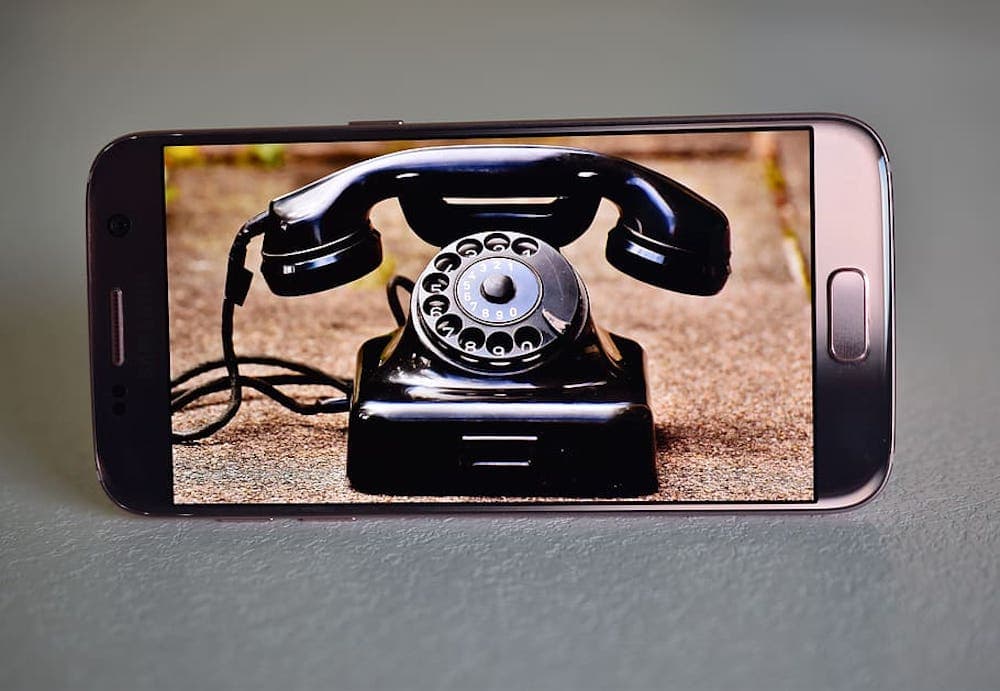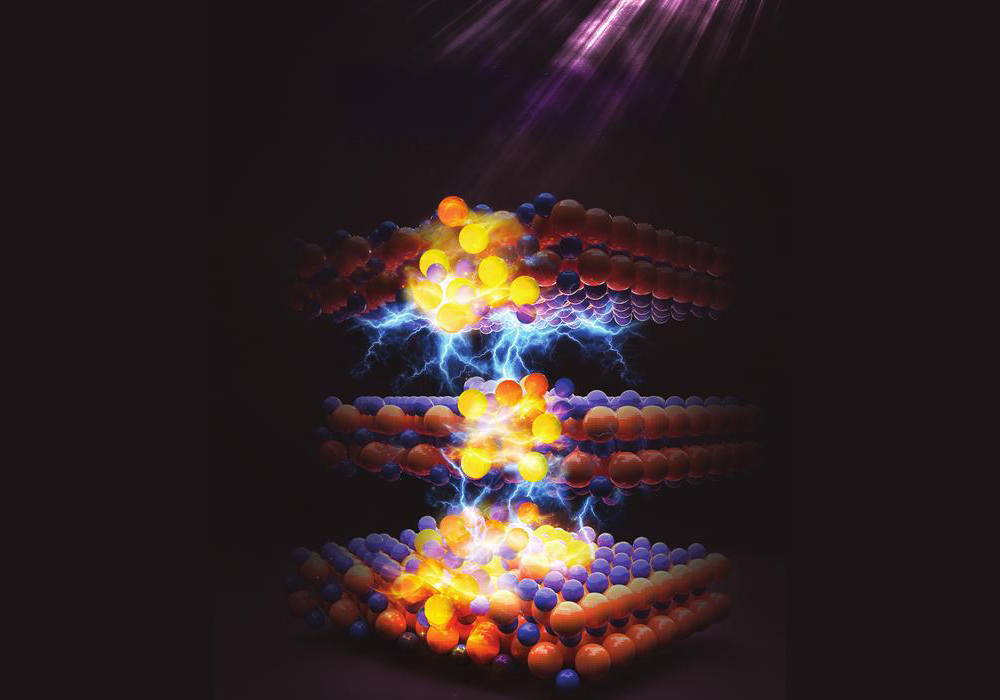
[Image above] The digital divide in the U.S. has shrunk—but it is still large enough to present significant problems during the coronavirus pandemic. Credit: Pxfuel
The spread of the coronavirus in the United States has highlighted several serious weaknesses in some of the country’s key sectors, including healthcare and the critical materials supply chain. The unprecedented number of people working or attending school at home has highlighted weaknesses in another sector as well—communications.
“This is going to be an enormous stress test for our communications networks,” Blair Levin, a former Federal Communications Commission (FCC) chief of staff, says in a CNN article.
With schools and businesses shifting day-to-day operations to the home, the U.S.’s internet and wireless networks are experiencing a surge in demand that has left internet and entertainment companies scrambling to accommodate, for example, by reducing streaming quality.
While watching Netflix shows in standard definition is annoying, that is a minor inconvenience compared to the struggles faced by citizens caught in the digital divide.
The digital divide refers to inequalities between individuals, households, and other groups of different demographic and socioeconomic levels in access to information and communication technologies. Income is one big cause of the divide. Another is location.
The high-speed internet many of us take for granted is thanks to fiber-optic cables, glass and/or plastic cables that transmit information using light rather than electricity. Thousands of miles of fiber-optic cables crisscross the U.S. underground, a sizable amount of which lay unused (but maybe not for long). Unfortunately for many rural communities, though, these thousands of miles of cables do not service their towns. Instead, these communities rely on copper cables that send information using electricity, which is much less efficient.
Initiatives by local organizations, such as Milwaukee-based Digital Bridge, have helped tackle the income digital divide (see video below). On the other hand, recent initiatives by the FCC have helped close the geographical divide somewhat by bringing fiber-optic networks to rural communities (some rural communities took the initiative and established their own broadband service as well).

Credit: TMJ4 News, YouTube
But the coronavirus pandemic shows the divide is still significant.
In an interview with ABC News, Tim Marema, editor of The Daily Yonder, a blog covering issues in rural America, explained the years of lagging broadband infrastructure construction in rural communities make it tougher to solve those barriers during the outbreak.
“You can’t close the digital gap in a few months,” she said.
In particular, the ABC News article notes that student difficulties with tele-education is not the largest concern—it is access to up-to-date coronavirus information.
“Without access to accurate information and updates on the virus from their local health department, rural residents could rely on misinformation,” Chris Lewis, president and CEO of nonprofit tech advocacy group Public Knowledge, says in the article.
The digital divide is made all the more apparent because this year celebrates the 50th anniversary of the first viable optical fiber. And the coronavirus has made calls for internet to be a public utility all the more compelling.
One thing is for sure—the coronavirus is already impacting broadband infrastructure, as the city of Murray, Utah, can attest.
In a Fox 13 News article, Roger Timmerman, executive director of fiber-optic internet provider Utopia Fiber, says the company has seen a 20% increase in customers this month compared to last month—and they are now doing 600–700 fiber installs a month.
The full interview with Timmerman—which includes discussion of the factors driving demand for high-speed internet—can be seen in the video below.
Credit: Fox 13 News Utah, YouTube
Author
Lisa McDonald
CTT Categories
- Electronics

